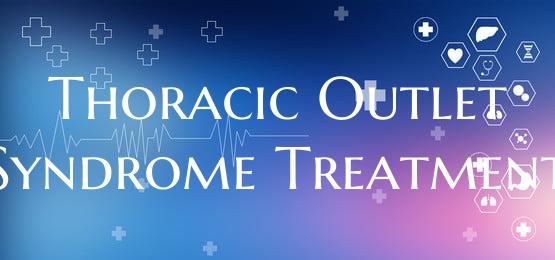
Thoracic Outlet Syndrome Treatment
Thoracic Outlet Syndrome (TOS) is a condition that occurs when the nerves or blood vessels in the thoracic outlet, the area between the base of the neck and the armpit, become compressed. This compression can lead to pain, numbness, tingling, and weakness in the neck, shoulder, arm, and hand.
Treatment for Thoracic Outlet Syndrome typically involves a combination of therapies to alleviate symptoms and address the underlying cause of the compression. Here are some common approaches to addressing TOS:
1. Physical Therapy: Physical therapy exercises can help to improve posture, strengthen muscles, and increase range of motion in the affected area. A physical therapist can also teach you proper stretching techniques to relieve tension and pressure on the nerves and blood vessels.
2. Medications: In some cases, nonsteroidal anti-inflammatory drugs (NSAIDs) or muscle relaxants may be prescribed to help manage pain and inflammation associated with TOS.
3. Lifestyle Modifications: Making changes to your daily habits and ergonomics can help reduce strain on the thoracic outlet. This may include adjusting your workspace setup, practicing good posture, and avoiding activities that exacerbate symptoms.
4. Manual Therapy: Techniques such as massage therapy, myofascial release, and chiropractic adjustments can help alleviate muscle tension and improve joint mobility in the affected area.
5. Nerve Gliding Exercises: These exercises involve gentle movements of the nerves to improve their mobility and reduce compression in the thoracic outlet.
6. Surgical Intervention: In severe cases of Thoracic Outlet Syndrome where conservative treatments do not provide relief, surgery may be recommended to decompress the affected nerves or blood vessels.
It is essential to consult with a healthcare provider, such as a physical therapist or orthopedic specialist, for an accurate diagnosis and personalized treatment plan for Thoracic Outlet Syndrome. Early intervention and a comprehensive approach to therapy can help improve symptoms and restore function in individuals affected by TOS.